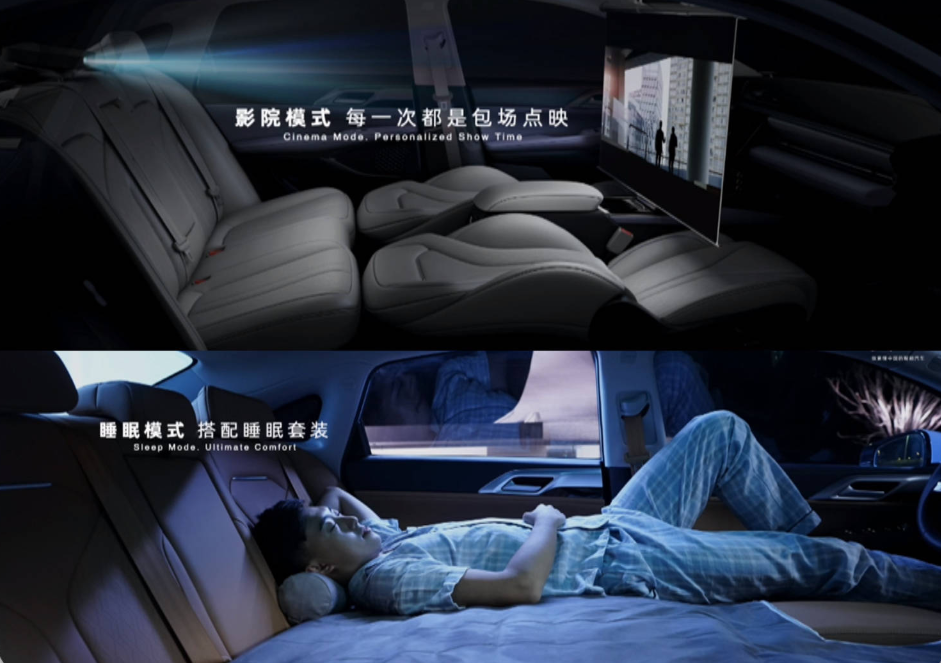XPeng’s LiDAR-enabled P5 sedan makes debut
Shanghai (ZXZC)- XPeng Inc. (XPeng) officially launched its third production model and also first sedan model, the P5, on April 14, and will start delivery in this year's fourth quarter.

XPeng P5; photo credit: XPeng
According to the startup, the P5's global version is being simultaneously developed, and will be sold to Norway and the European Union markets.
One of big selling points is that the P5 is the world's first mass-produced smart electric vehicle (EV) model equipped with automotive LiDAR technology. The designers opt to install the two LiDAR sensors at the front rather than on the roof, in a bid to efficiently reduce air resistance. The LiDAR device is supplied by Livox, a LiDAR technology developer incubated by Chinese drone maker DJI.
The P5 has a very spiffy and stylish exterior. The X-shaped light strip running across the front not only accentuates the car’s width, but also looks pretty recognizable as it echoes XPeng's logo. Moving down the side meanwhile, the P5 features a fastback car body and looks taller than the P7. The ducktail design creates more sporty sense. Moreover, the taillight uses a through-type shape, which is in tune with the headlight group.
With dimensions of 4,808mm length, 1,840mm width, 1,530mm height, and a wheelbase of 2,768mm, the P5 plays in the league of compact sedans.

Photo credit: XPeng
The interior also radiates minimalist aesthetics. Within the “Celestial Navigation Inspired Cockpit”, car owners can watch movies using the “cinema mode” thanks to a projector at the headrest of back-row seats. In addition, using the “sleep mode”, the front seats can fold flat to create a “bed” together with the back row, paired with a comfortable mattress.
Notably, both the projector and the mattress are factory-installed amenities, said XPeng.
The P5 will bring Navigation Guided Pilot (NGP) capabilities to city roads for the first time in a production vehicle, powered by XPeng's full-stack in-house developed autonomous driving system XPILOT 3.5.
According to XPeng, the XPILOT 3.5 system consists of 32 perception sensors (including 2 LiDAR units, 12 ultrasonic sensors, 5 millimeter-wave radars, and 13 high-resolution cameras) and 1 high-precision positioning unit (GNSS + IMU), integrated into 360° dual-perception fusion to provide sufficient redundancy across the perception sensors to handle challenging and complex road conditions.

